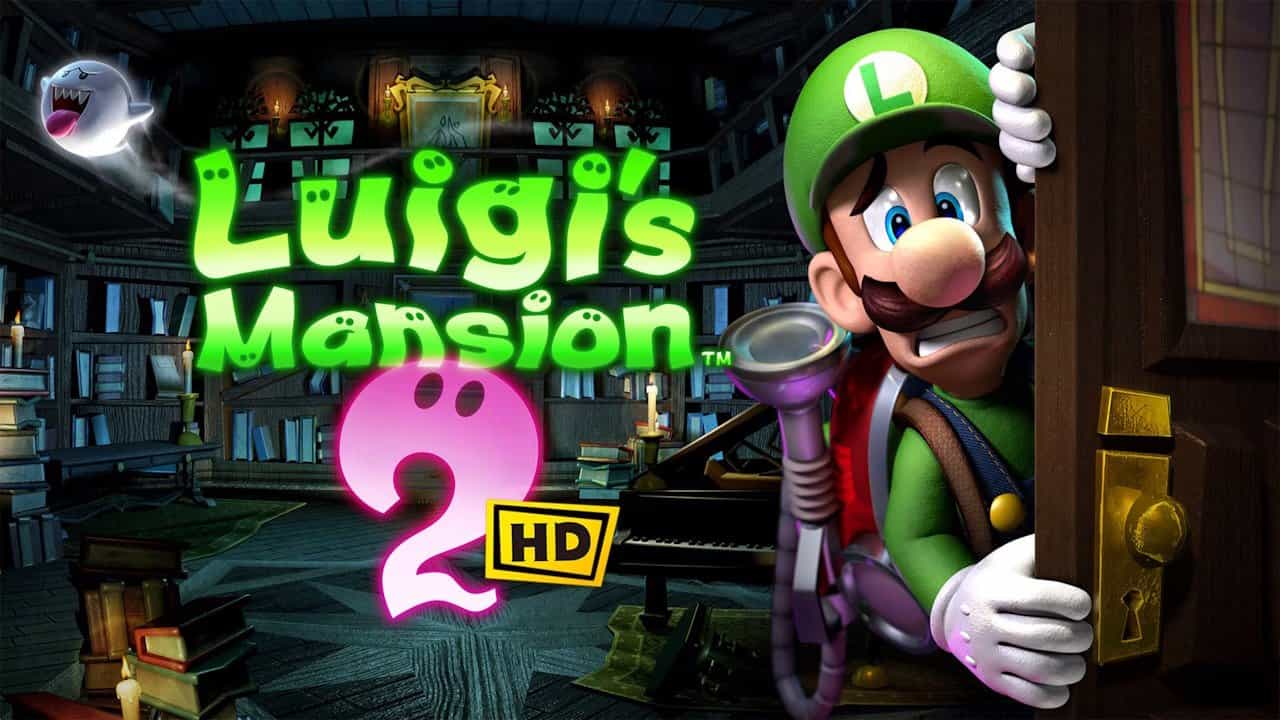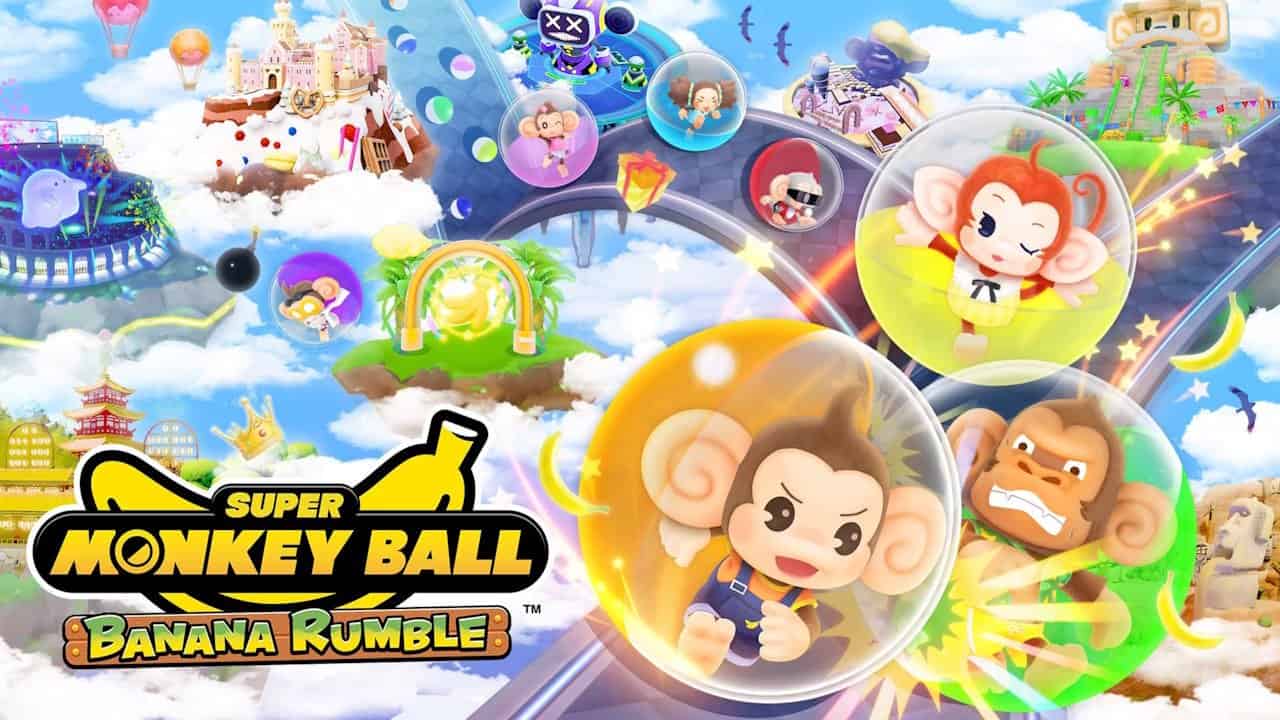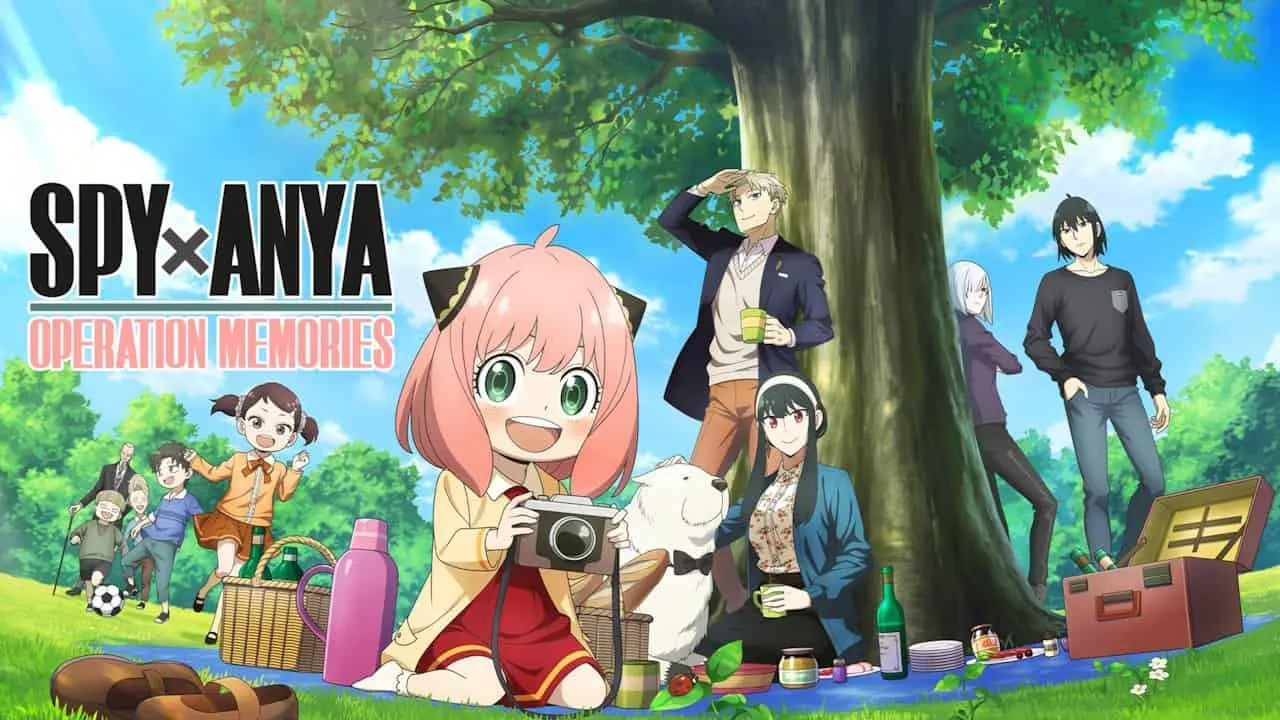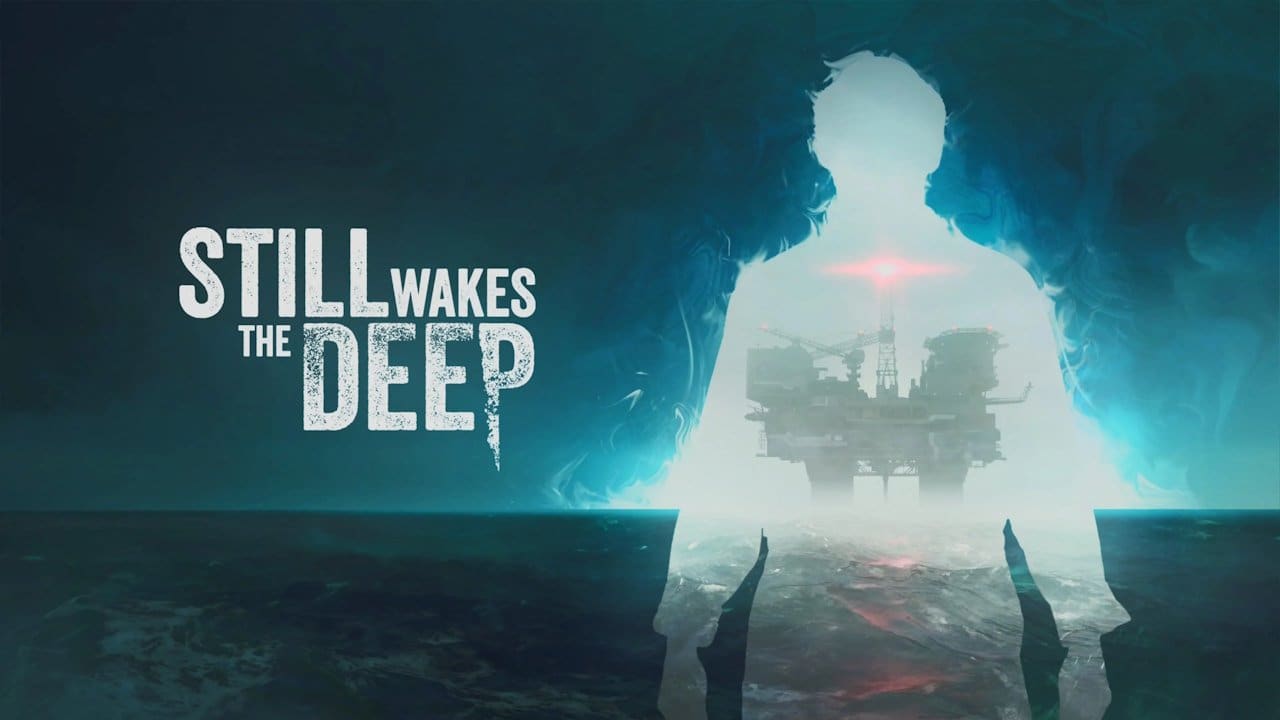Death Stranding Review

Official Score
Overall - 85%
85%
Death Stranding's core gameplay mechanics will not appeal to everyone. What I found to be dull and monotonous at times, others will find relaxing and rewarding. It's rare for a game with such a big push, such a huge marketing presence, to be so niche in its design. However, if you have the patience to trudge through this long journey, you won't be disappointed.
From the creative mind of that one dude that started the Metal Gear franchise way back in the 80s comes a game that is as divisive as it is mysterious: Death Stranding. Boasting a stellar cast with the likes of Norman Reedus, Mads Mikkelsen and Tommie Earl Jenkins, Death Stranding is the result of creativity gone wild. A huge budget, an incredible soundtrack, massive celebrity names…it’s got everything, but is it any good?
Death Stranding Review
Death Stranding follows the journey of Sam Porter Bridges (Norman Reedus) as he works with the United Cities of America to restore communications through scattered cities and small prepper bunkers in a post-apocalyptic America. Following the events of the Death Stranding, a cataclysmic event that blurred the lines between the worlds of the living and the dead, the majority of life has been wiped out and has left strange other-worldly anomalies in its place, bringing a beautiful but desolate America on its knees.
While initially reluctant to get on board, Sam plays an integral part in the expansion of the UCA. He is one of the few remaining survivors with the DOOMs, a type of illness that deepens the connection between the afflicted and the afterlife. This unique ability, further aided by Sam’s special companion (BB), allows Sam to identify and locate Beached Things (BT’s), a paranormal entity hellbent on consuming anything living.
Following the Death Stranding, several other large-scale events of destruction took place. BT’s breaching into the world of the living, combining the antimatter of their world with the natural matter of ours, resulted in catastrophic explosions that became known as Voidouts, leaving huge craters where once proud cities stood. Sam sets out on a journey to connect the UCA to the expanding Chiral Network, while hoping to discover the origin and nature of the BT’s, and the multiverse of beaches – a personal stop between life and death for each survivor of the Death Stranding.
Death Stranding’s narrative is one of the most memorable experiences I’ve had in years; it’s incredible. Much of the game presents more questions than answers, offering ample time to contemplate the potential twists and turns on your long journey to the next drop-off. Multiple planes of existence, seemingly unrelated stories running concurrently, a cast of fantastic characters, and the highest quality voice-over work all combine together in such a way that it will encourage conversation and discussion far past the games shelving date. If you can look past its shortfalls and niche gameplay hook, the story is worth the price of admission alone. Plus, it looks great.
Death Stranding’s visuals are among the greatest to grace the modern generation. The game world is beautiful – awe-inspiring in places – and it’s supported by a depth of character detail, motion capture, and animation unrivaled in this industry. Tears rolling down cheeks, imperfections on the surface of the skin, clothes reacting to environmental stimulation, lighting effects….it all comes together to provide a feast for the senses. This is lucky, as it’s largely what makes some of its bigger shortfalls more bearable.
At its core, Death Stranding is one giant, continual fetch quest. You’re tasked with collecting Orders at various locations, picking up cargo, and transporting it to its destination. That’s it. Over and over again. Your ability to enjoy the experience as a whole is largely dependent how appealing you find traversing long distances. With little more than environmental hazards and the occasional BT or MULE (ex-delivery guys gone crazy) to spice things up. It’s certainly not for everyone.
The environmental hazards are somewhat limited, relying on the supernatural BT’s and mindless MULEs as the physical encounters, but other aspects come into play, such as Timefall. It is a deadly rain that instantly ages things it touches, initially challenging but later not more than a nuisance. The BT’s remain a constant threat throughout, albeit still rather easy, but the delivery adds a layer of quality to the experience seldom seen in large-scale environments.
Ghost-like hands reach up from the ground as the upper bodies of past victims seep through the surrounding tar-like substance, grabbing and dragging at Sam as he struggles through. I’ll intentionally avoid any great detail, but the visuals of a giant ocean of tar consuming your immediate environment is jaw-dropping impressive, from start to finish.
Although the vast majority of the game is walking, deliveries, exploration, certain elements are almost entirely shooter focused. Boss battles, flashbacks, certain scenarios focus on using weapons and explosives. Few and far between, these segments offer a much needed injection of action, excitement, and challenge, with fluid controls, responsive shooting and a real feel good factor when you emerge on the other side.
Whether you’re sprinting through open fields, wading through turbulent waters, or dredging through deep snow, Death Stranding embraces physics and futuristic tech to make even the mundane task of walking incredibly realistic and immersive. Using an Odradek – a high-tech scanning device – Sam surveils nearby terrain. This provides the player with a geographical overlay of the immediate area, highlighting potential risks and hazards and hopefully providing enough detail to find safe passage for Sam and his cargo. With both strong winds and heavy cargo, there’s a lot of effects that can impact Sam’s balance, something you will manage constantly. While basic in design and execution, the realism is intriguing and often enough to forget you’re still just walking around with packages.
There are a number of supporting systems to make the core gameplay more complex and more rewarding. Sam unlocks a variety of gadgets that aid him with the transportation of bigger, heavier loads. Exoskeletons offer greater carrying capacity, improved speed, or better movement through difficult terrain, while Floating Carriers are small floating platforms that you can attach to your pack and have them bear the weight of the load on your behalf.
The vast majority of the experience is a relaxing adventure into gorgeous, challenging, and difficult environments, but one I grew tired of after about 30 hours. Side content, which suffers from the same lack of variety or meaningful change, struggles to find any serious incentive for rewards, with most offering cosmetic changes for Sam or his constructions; certainly not enough to warrant repeating the same paths of exploration over and over again. However, there is the occasional beam of light shining from the darkened skies as other players can make your journey a different experience entirely.
At first glance, Death Stranding’s asynchronous multiplayer appears to be tacked on, an expected attempt to include a level of cooperative content in an industry that constantly drives titles to deeper levels of connection, but taking a deeper look – it’s an integral part of the experience and one I grew to love. While other players are never visible in your private game world, structures can be shared across large groups of players. Everything from roads to bridges can make a near impossible journey entirely pleasant, while generators and watchtowers can provide power and visibility.
The functionality and convenience speaks for itself, but the true value of Death Stranding’s cooperative component is in the creating of connections between other players. As a player, you experience Sam’s struggles, his highs and lows, his efforts to connect with the world. By experiencing the asynchronous multiplayer, you’re sharing that very experience, that same goal with players from all over the world. This thereby furthers its storytelling goals in an innovative and rewarding fashion.
Between Orders, or when you need a break from BT’s, MULEs, deadly rain and rampaging waters, Sam has a private room in which he can relax. It offers a much needed respite from the constant urge to move forward, to make that next delivery, but it’s here where another of Death Stranding’s bigger problems comes into play: it’s complete lack of appreciation for personal time.
There are a number of actions Sam can take inside his private room. He can take a shower, have a piss, drop a log (all of which can be weaponized in some form or another), drink a can of needlessly placed and sponsored Monster Energy drink, and interact with BB. There’s plenty to do, and while some of it enhances the overall experience (allowing the customization of your backpack, for instance), the majority of it is just a huge waste of time.
The animation for drinking a can of Monster (or beer later if you complete a certain side quest) takes 20 seconds. Each can provides a small bonus to your stamina levels, but you need three cans to get the maximum bonus. These animations can be skipped with the pressing of two buttons but even taking a shower requires you to skip four individual cutscenes. Initially it’s a positive experience, giving more life and purpose to Sam as likable and relatable character, but it soon wears thin and becomes increasingly frustrating as the game moves forward.
This issue is further compounded through some needlessly convoluted user-interface issues when accepting new Orders or turning them in, sometimes providing 12-13 unique screens of rather pointless information. It’s an unnecessary test of patience in a game that is already a chore at times.
Death Stranding is a story of loneliness, of solitude, of hopelessness, but more than that, it’s a story of the connections we build, the knots we create, the strands that bind us together as people. We may feel helpless at times, insignificant even, but it’s through the bonds we make, the people we meet, that we can hope, that we can achieve something together far greater than we could ever achieve alone.
Death Stranding’s core gameplay mechanics will not appeal to everyone. What I found to be dull and monotonous at times, others will find relaxing and rewarding. It’s rare for a game with such a big push, such a huge marketing presence, to be so niche in its design. However, if you have the patience to trudge through this long journey, you won’t be disappointed.



